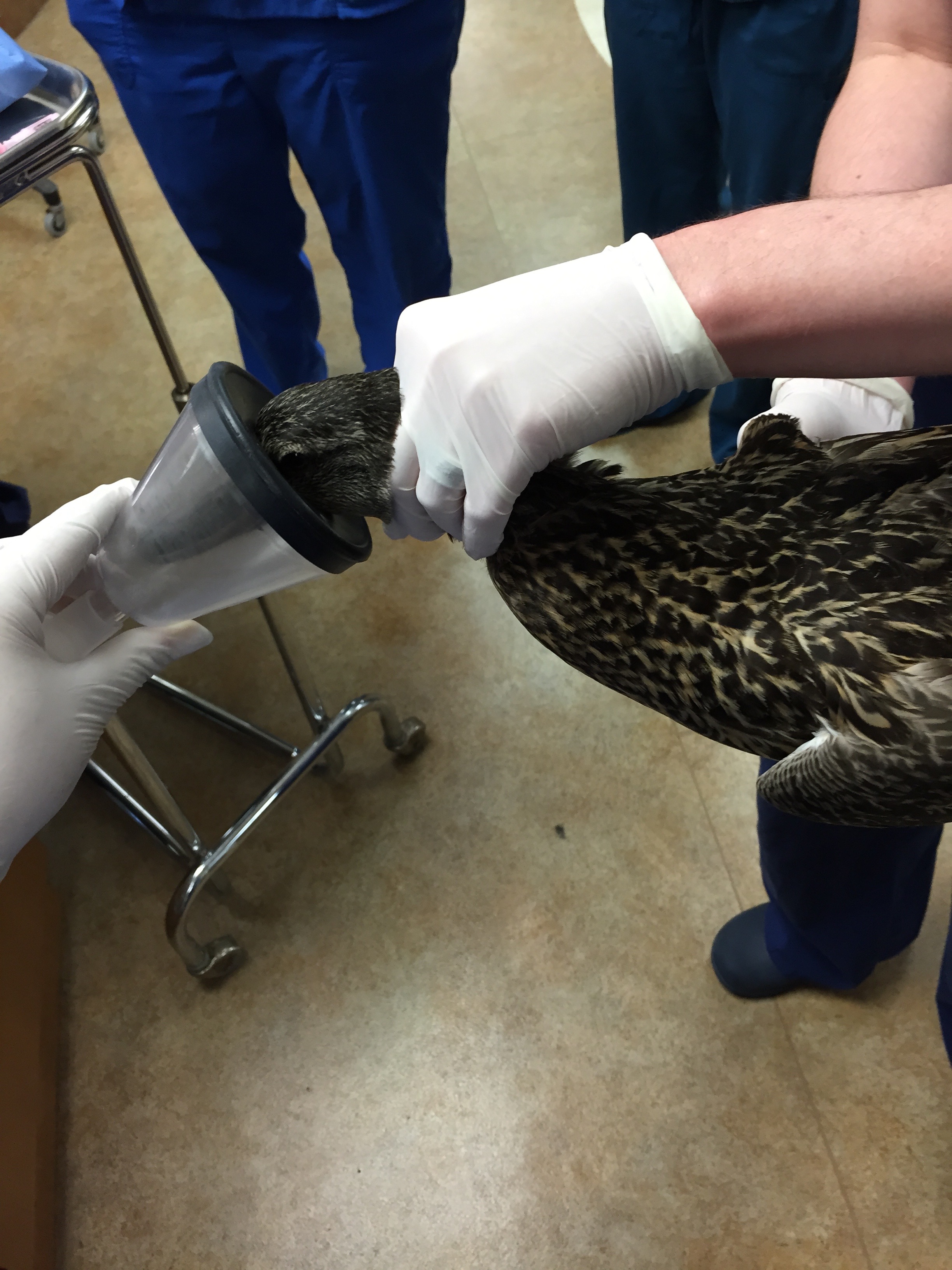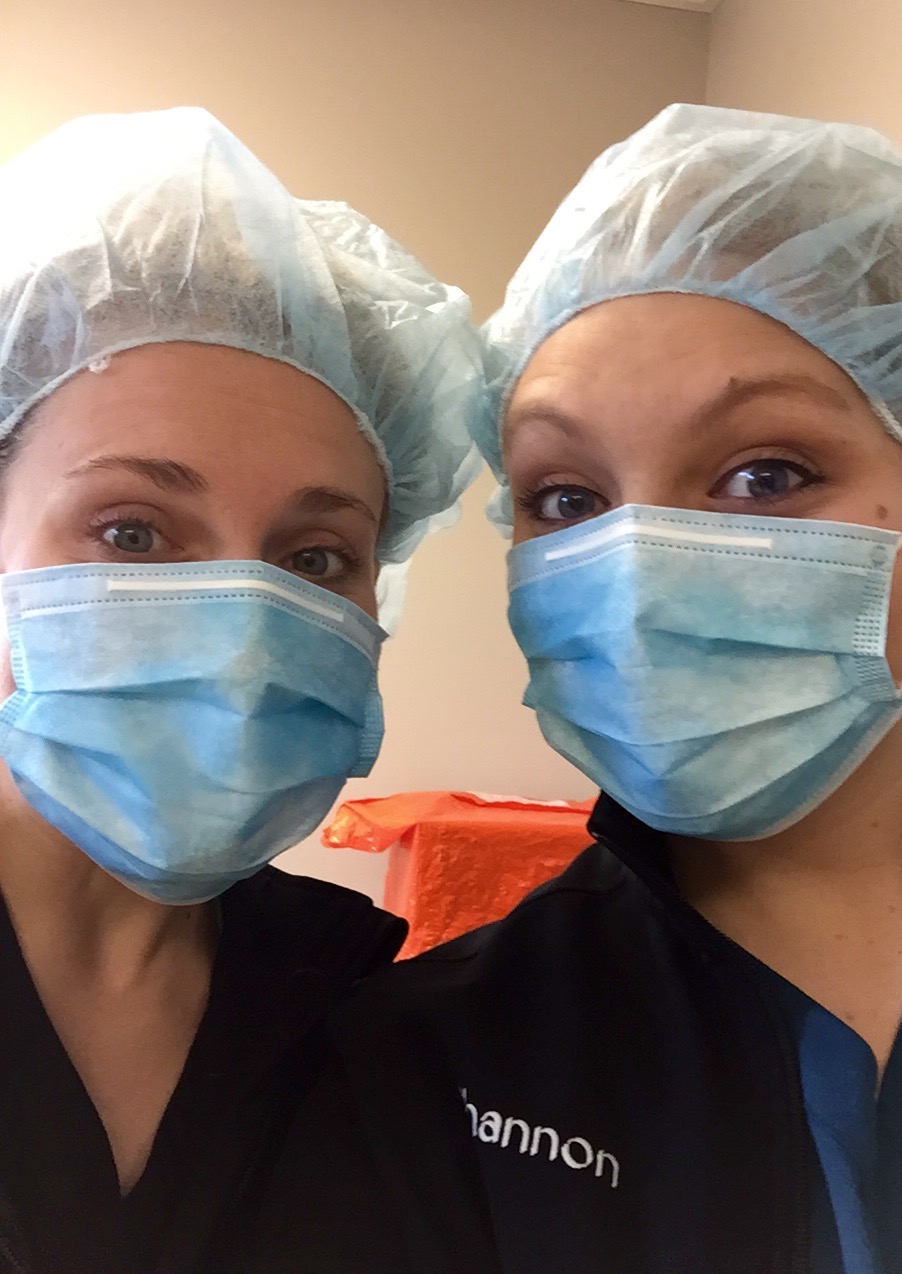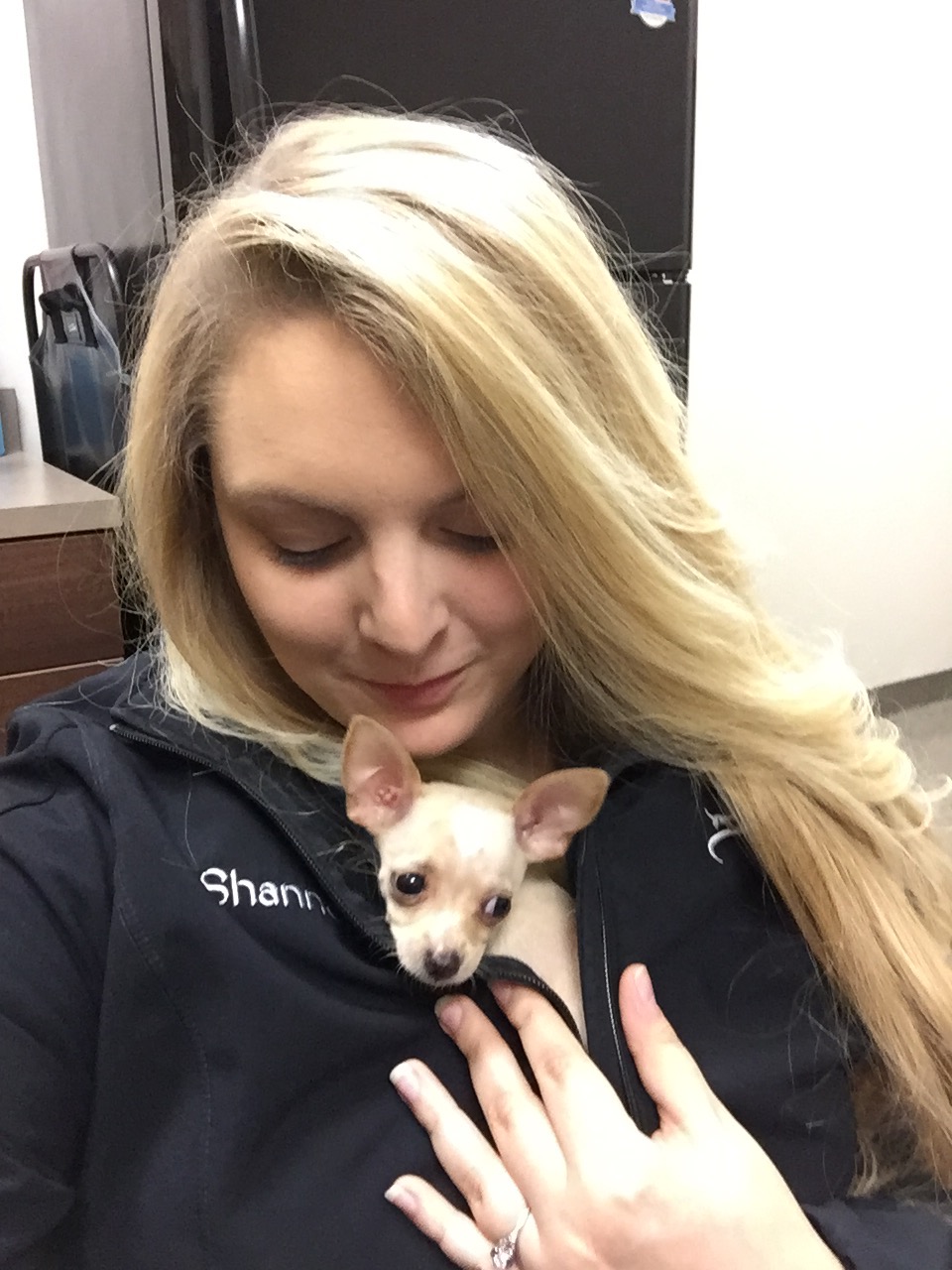1. Dogs will eat ANYTHING…
Sometimes I am shocked by what a dog has eaten. Sure, we get the usual socks, underwear or toys – BUT – we have also seen some fairly unusual things. In my three years at the emergency clinic I have seen dogs that ate: an entire ear of corn, a whole tennis ball (as well as many pieces of tennis balls), a glass bowl in many shards, a meat thermometer, needles, hair clips, a doorstop and more. I have also seen many toxicity cases where dogs have gotten into chocolate, raisins, marijuana, rat poison, paint, super glue, medications, gum, coffee, etc. We really do see it all. One of my all time favorites was when an owner called to tell us that she had just seen her dog eat a squirrel whole. We induced vomiting and sure enough, there was the squirrel.
2. You Really Never Know What to Expect…
As with any emergency room, you have to try and be prepared for anything that may come in. This is definitely not easy to do as sometimes we don’t even get a call ahead. A quiet ER can turn chaotic in no time and emergency surgery is never out of the question. And sometimes, though you may work at a cat and dog clinic, an emergency is an emergency and you end up helping someone else…

3. Who Knew Urine Could Be So Interesting…
Microscopy has always been a fascinating area of science to me, and the veterinary field has a lot to offer in this regard. Blood smears, fecals, skin and ear cytologies, urinalysis- so much to look at and so much to learn. This may sound pretty gross to some of you and for that I apologize – but hey, that’s medicine for you. Since I started working at this clinic, I have learned so much from looking at these samples under the microscope on a daily basis. It’s incredible how much you can learn about a patient from a urine sample; through the urine specific gravity, dipstick and sediment, you can get indications of whether your patient has certain liver or kidney diseases, diabetes, bladder stones, infections and more.

Yes – this is urine. Color can tell you a lot about your pet’s health.

Struvite crystals found in urine.
4. Sometimes Teamwork is Life or Death…
Though I have always thought of myself as a team player, nothing is more important than teamwork when an emergency comes in. Everyone has to work together in order to save a patient. Performing CPR, drawing up medications, placing an IV – sometimes these things are all being done at the same time by a group of people to save an animal. Really listening to each other and working as a team is incredibly important in these situations.
I’ve been lucky enough to work with an amazing group of people the past three years who have taught me the importance of working together as a team and a family.

5. This Career Path Can Be Heartbreaking…
You won’t be able to save every patient, and learning how to accept that there’s nothing more you can do is an important (and difficult) part of the job. Sometimes they will go too young or have something tragic happen; other times they will get cancer or some other terrible illness. Whatever happens, it’s always hard to lose a patient. We have many patients that have been coming to the clinic for years, and it’s wonderful to see them grow up with their families – but that makes it even harder to say goodbye.
6. … But it Can Also Be Incredibly Rewarding
Sometimes, though, we pull through and do the seemingly impossible. We’ve brought back pets that were coding, performed emergency surgery on patients that would have been gone within hours and put them on the road to recovery, and we’ve treated a myriad of illnesses from pneumonia to extreme toxicities. There’s little that is more rewarding than seeing the happiness and relief in an owner’s face when they realize that, seemingly despite all odds, their pet is going to be okay.
It isn’t all emergencies and illnesses, though. We have also been able to raise and re-home abandoned kittens that were brought to us, giving them loving homes and their new owners the joy of another family member.
Overall, I wouldn’t trade the years I have had at this clinic for anything. I took this job right out of college to see if veterinary medicine was the career path I really wanted and now I have no doubt.












